Build a Tilt-Shift Camera Lens for Peanuts

One of the fancier lenses in the world of SLR and digital SLR (DSLR) photography is the tilt-shift lens. You might not know what these lenses look like, but you probably have seen their effects. Architectural photographers use tilt-shift lenses to eliminate the perspective distortions that sometimes give buildings the appearance of falling over. Aerial photographers use them to make large cities look like toy models. Art and portrait photographers use them to control exactly where the focus falls (Figure 1).
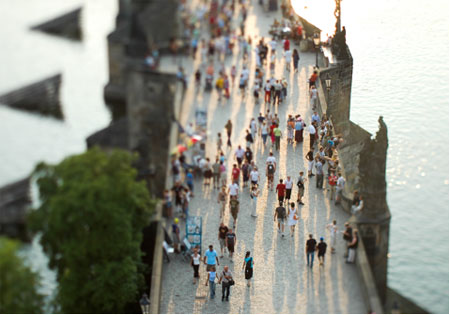
Figure 1. This image was captured with a tilt-shift lens. Photography by Dennison Bertram.
Tilt-shift lenses cost $1,000-plus, which is far beyond what most photographers will pay to experiment. Fortunately, building your own tilt-shift lens is easy, and doing so will open up a remarkable array of creative optical effects.
To build your own tilt-shift lens, you start with a spare lens that’s built for a film format larger than that of the camera you’ll use the lens on. For example, I used a 6×6 lens (designed for 6cm film) to make a tilt-shift lens for a 35mm camera body. With 35mm or APS format digital SLR cameras, you’ll need a lens built for 6×6 film or larger. The oversized lens gives you extra room to move and distort the image that lands on the film or CCD, while still filling the frame. (You could use this hack to mount a 35mm lens on a 35mm camera, but it would only work with a macro lens, for very close objects.)
Materials
SLR (single-lens reflex) or DSLR (digital SLR) camera body with interchangeable lens mount.
Oversized lens. I used an old Carl Zeiss made for the now-obsolete Pentacon 6 camera format. Millions of these were manufactured, and eBay is full of good deals on them.
Rubber plunger with bellows design. Any will do, so long as it’s flexible and not too large.
Stiff cardboard (non-corrugated) or stiff, black plastic. Plastic body cap to fit camera body. I use a lot of these in my work. They’re the perfect way to attach your camera to your own hacked-lens creations, and they’re also cheap.
Hot glue and glue gun or other adhesive. You need to bond the body cap to the cardboard/plastic and the cardboard/plastic to the plunger rubber. If you want a more robust setup, skip the glue and attach the pieces with small hobby nuts and bolts.
Assembly
Using a rotary tool or hobby knife, hollow out the middle of the camera body cap (Figure 2), then grind or file it down smooth, so there are no rough spots or burrs (Figure 3).

Figure 2. The hacked lens begins with a standard plastic body cap.
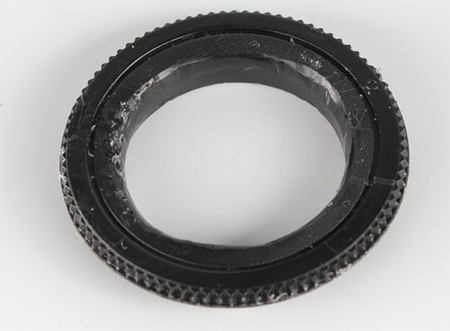
Figure 3. Hollow out the body cap.
The plunger will act as a flexible camera bellows, allowing us to tilt and shift the lens to our heart’s desire. Cut a hole in the top of the plunger, where the stick is (Figure 4), making it just large enough to stretch around the base of your lens (or make it a bit smaller and enlarge it later).
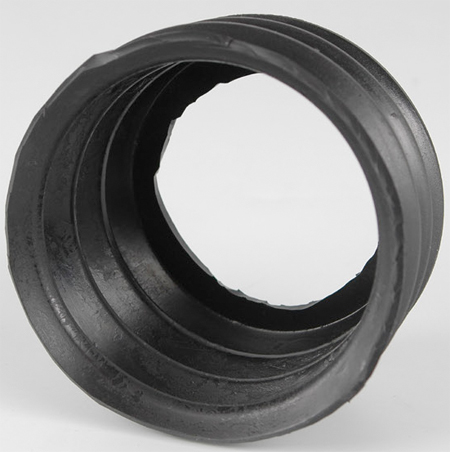
Figure 4. A humble plunger becomes the camera bellows.
Go ahead and stick your lens onto the plunger to see if it fits, and trim the rubber as necessary. Don’t worry about gluing the lens down yet, but the hole should be tight enough so the lens fits snugly (Figure 5). I even cut grooves in the rubber to let me screw the precious lens into place. Keep holding onto the lens, though; don’t expect the rubber to hold so tight that you can let go.
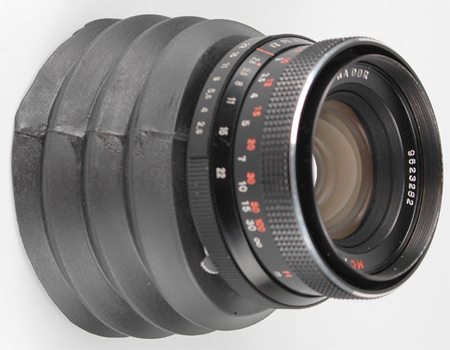
Figure 5. The plunger bellows should fit tightly to the lens.
If you’re really enterprising; you could buy a bayonet adapter for the lens you’re using, attach it to the plunger bellows, and then screw your lens onto that when needed.
Next you need to build the backing. To do this, I cut a ring out of cardboard with the inner circle the same circumference as the body cap and the outside matching the bottom of the plunger (Figure 6). Although not shown here, it helps to paint one side of the cardboard black, to cut down light refraction inside the bellows.
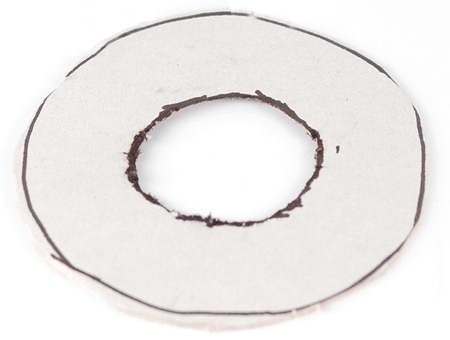
Figure 6. Cardboard backing ring.
Then I hot-glued the parts together, body cap into ring, and ring, black side in, onto bellows (Figure 7). The hot glue is for expediency; if, after some experimenting, you think you’ll use this lens setup often, I recommend finding something sturdier than hot glue and cardboard to hold it together.
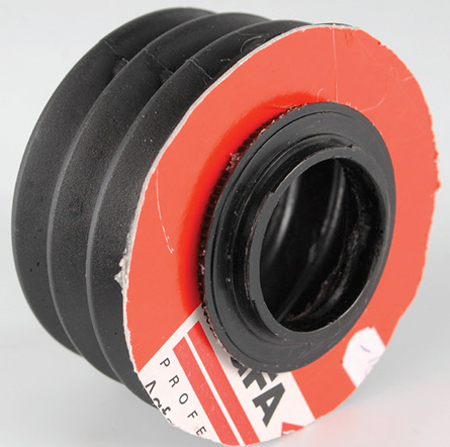
Figure 7. Finished assembly.
You’re all done! Attach your lens, and you’re ready to shoot (Figure 8).
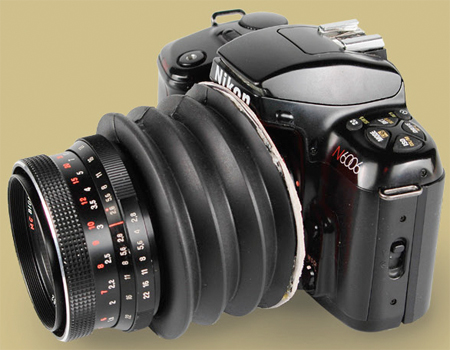
Figure 8. The lens attached to a camera.
Shooting
This hack works surprisingly well. The image quality of the Zeiss is awesome, and I didn’t get any optical interference between it and my Nikon DSLR’s CCD chip. But there are a number of things to keep in mind while shooting. First, automatic exposure modes will not work with this lens, so you have to shoot manually. The apertures will still work, but in general you want to shoot with the lens wide open, or it will be far too dark to focus.
Needless to say, auto-focus also won’t work. With this lens, you focus (or selectively un-focus) by squeezing the lens and plunger down, bending it, and twirling it around to get the cool effects you want. To give a “miniature” effect to a city-scape, tilt the lens forward or backward so that the only things in focus are in the middle ground, in mid-frame horizontally. The blurred foreground and background simulate the look produced by a macro lens taking a close-up of something small (Figure 9).
Figure 9. The bendable lens makes Prague look miniature. Click on the image for a larger version.
If you want to use a lens like this in low light conditions, where you’ll need to hold the lens in one position for a long time, you might augment this design with an adjustable mechanical frame that controls the lens’ range of motion. If you build a tilt-shift lens with a frame, a photographic bellows will be more flexible than a plunger.
A note to digital camera users: dust is a common problem with most digital cameras. Projects such as this one can exacerbate the situation. Before using this lens, be sure to clean it out with some strong puffs of air, to get rid of any loose dust particles that might be inside.
Dennison Bertram is a fashion and beauty photographer who lives in the Czech Republic.
This article was last modified on July 11, 2023
This article was first published on April 27, 2007





